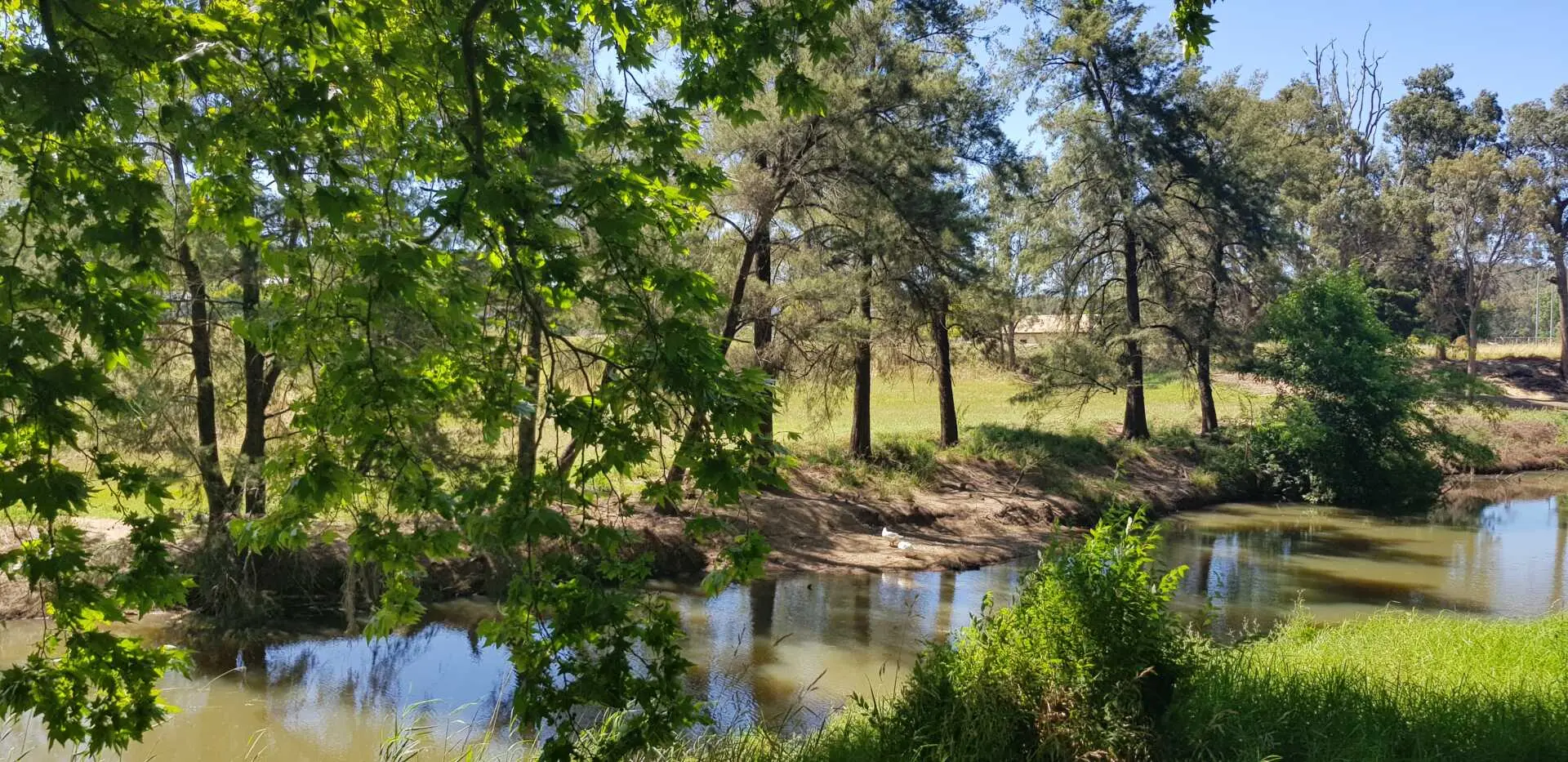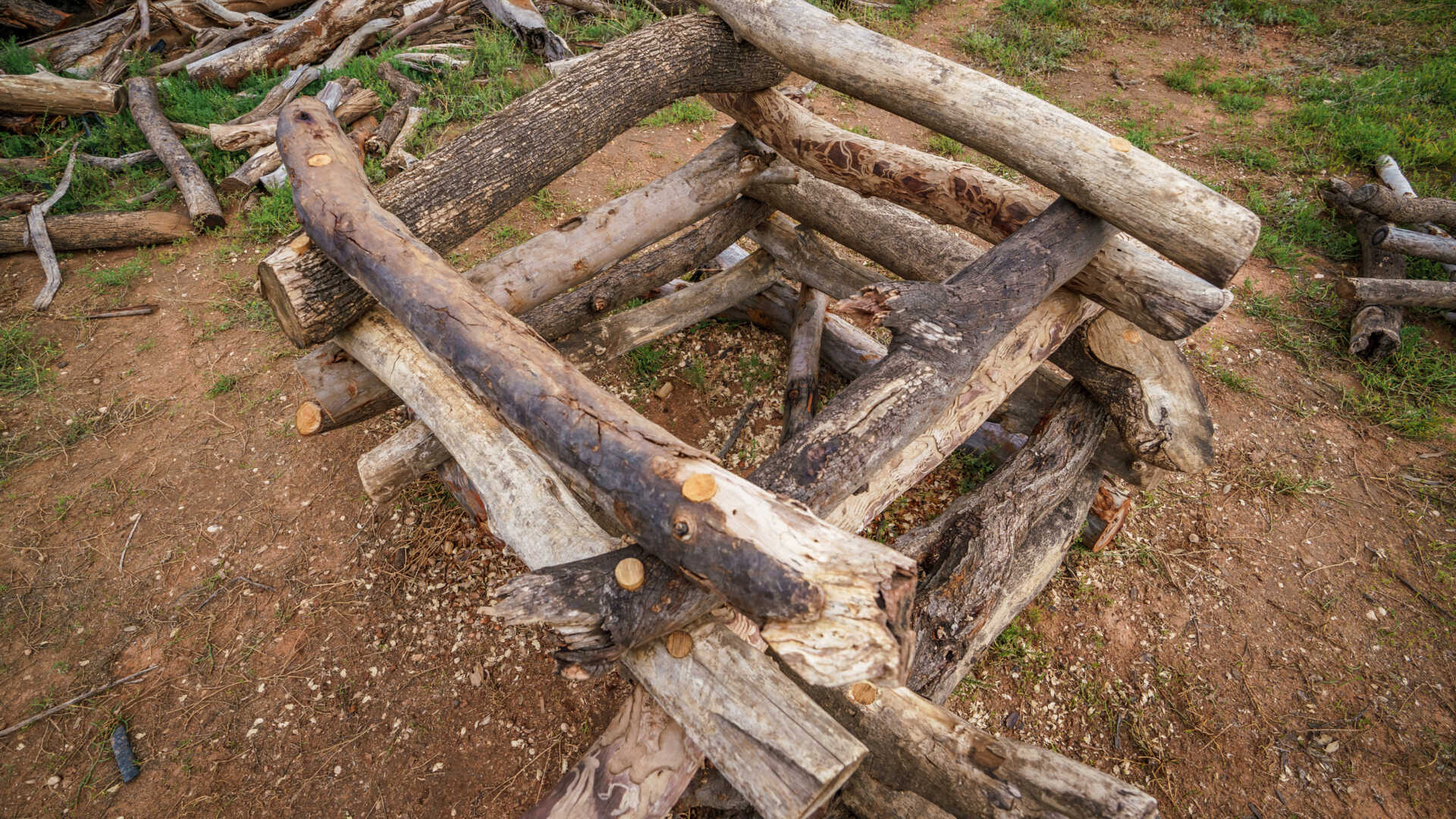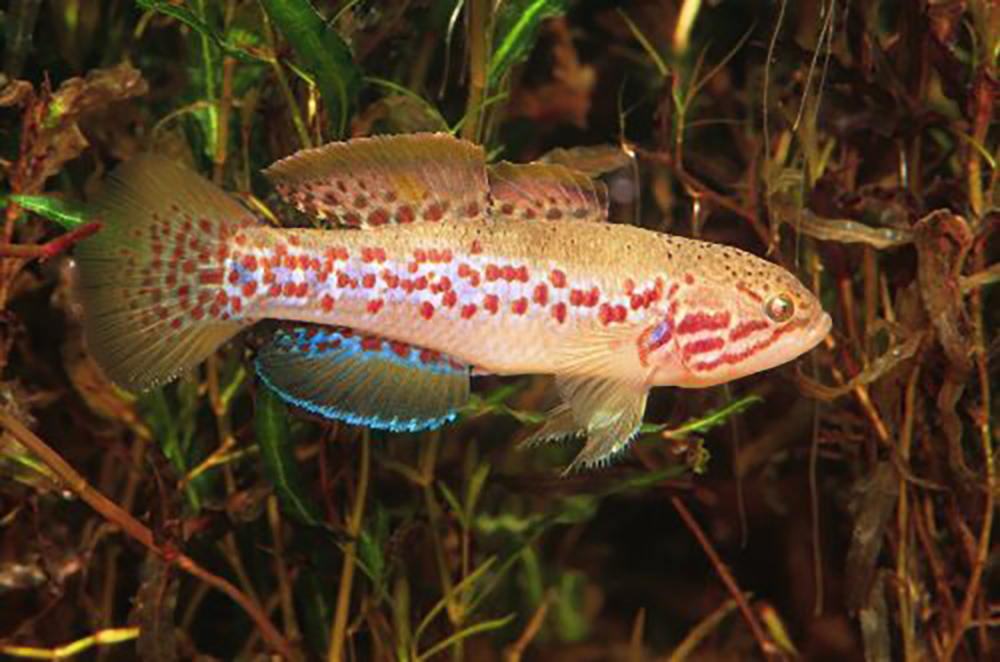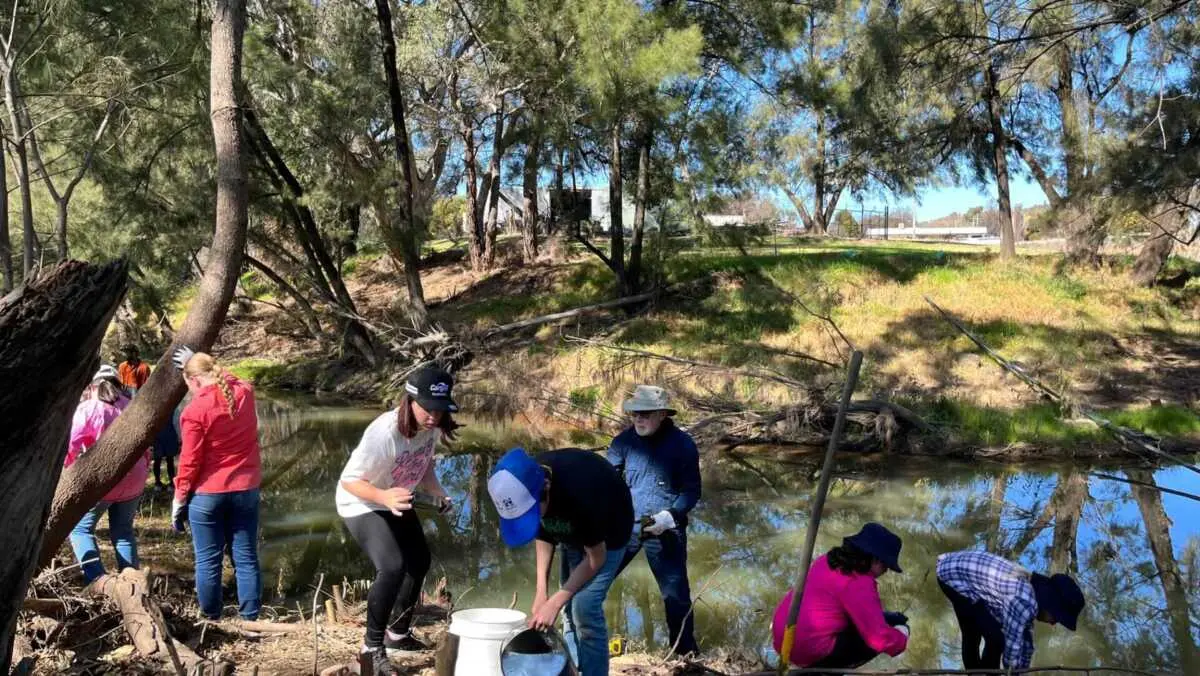Caring for the Castlereagh

Nestled in the foothills of NSW’s Warrumbungle Mountains, Coonabarabran is most famously known as the gateway to the Warrumbungle National Park, or for the nearby Siding Spring astronomical observatory. However, with a little help from OzFish, Coona, as it’s known to locals, may soon be known for its beautiful riverwalk and, all things going to plan, for its phenomenal fishing.
The Castlereagh River flows right through the town, with its headwaters origianting high up in the mighty Warrumbungles. However, according to biologist Dr David Paull, that’s where the river starts running into trouble.
“Because the section of the river runs through town, the extent of invasive exotics is very high.” Dr. Paull said.
“Some native species exist in patches, but this section of the river has become a hotspot for garden and agricultural, exotic and pest species.”
To tackle the problem, the Warrumbungle Shire Council successfully applied for a grant from the Commonwealth’s Murray Darling Healthy River program. Part of the plan is to remove the exotic weeds and replace them with native riverbank vegetation.
Paull has taken on the role of project manager for Castlereagh Riverbank Revitalisation Project and suggests about half the two-kilometer stretch of river has been treated so far. “Weed removal is the primary task. Planting has been ongoing, with about 6000 overstorey species going in the ground so far. The second half of the work has started now.”
The other part of the plan is focused on the river itself, and that’s where OzFish comes in. OzFish Moree River Repair Bus Team Leader Jay Barnett visited the Castlereagh River last year in preparation for future habitat improvements, where he mapped the river’s underwater structure.
“The mapping took place via kayak,” Barnett said. “We used a sounder with side scan to identify woody structures in the river.”
“We found some nice suitable habitat in areas, but other areas were quite bare. Which is why we do the habitat mapping; to see where to focus our efforts.”
According to Paull, “the OzFish mapping survey found very few habitat features for fish to use in the river, with a lack of both woody features and aquatic plants.”
The next step is to improve the habitat by adding structure, which is often referred to as “resnagging” the river. Over the next few months Barnett and OzFish volunteers will construct and install fifteen fish hotels into the Castlereagh River.
“A fish hotel is an artificial construction, made up of 100% biodegradable materials,” Barnett said.
“We salvage wood from worksites, and fashion structures that resemble a hashtag. Fish love them. They can live inside them, hide inside them, and eventually the wood decomposes and creates food.”
“Fish hotels provide habitat for native fish. It’s a good way to grab wood that’s not providing habitat and turn it into a structure that will provide habitat. It’s a place for native fish to find shelter and it protects food sources in the river too; it’s good habitat for shrimp and yabbies.”
According to David Paull, “fish hotels will enhance the habitat value of the stream by providing cover for fishes to breed and interact as well as providing areas where aquatic plants may be able to take hold.”
This is especially important given the Castlereagh River is home to threatened fish species, known only due to David Paull conducting a study to determine what species occur there.
“Environmental DNA, or eDNA, is the identification of animal species through the collection of water samples,” Paull explained. “It is a good way to identify fish, birds, and mammal species that are using the stream. Castlereagh eDNA results identified seven native fish species in the project area, including southern purple-spotted gudgeon and the threatened population of the Murray Darling eel-tailed catfish.”
According to the NSW Department of Primary Industries, the southern purple-spotted gudgeon is a threatened species considered rare in inland NSW, owing to threats such as predation from pest fish species, habitat disturbance from introduced carp, and decreased water quality from siltation.
Jay Barnett was surprised and heartened to hear the eDNA results.
“I think anywhere that has a population of purple spotted gudgeons needs to be managed and looked after. We can’t afford to have any of these populations slip backward.”
The eDNA results also indicated a healthy population of yellowbelly, a favourite of the local fishing club. Studies from the Murray River indicate that resnagging can result in a twofold population increase in yellowbelly.
David Paull hopes all these improvements will help to restore the Castlereagh River.
In ten years, he hopes to see “a beautiful Australian landscape, with good views and access to the river – a place where families and tourists can come in an eco-friendly way to interact and learn about the importance of rivers to local communities.”
Jay Barnett is already impressed with the progress so far. Since he conducted the habitat mapping, some parts of the river are unrecognizable owing to the facelift it’s been getting. “I was fairly impressed by the amount of works that went into it,” he said. He hopes in the future it will be even better, with “less weeds, more native growth on the banks, and more habitat in the river.”



